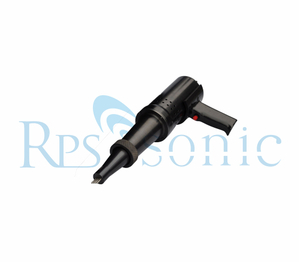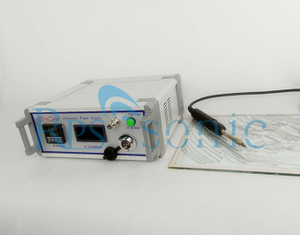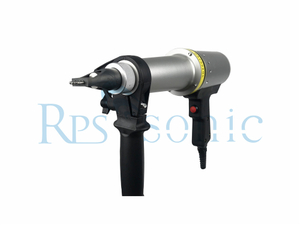What Is UIT Ultrasonic Impact Treatment Machine?
The basic principle of ultrasonic welding stress elimination equipment is to use high-power ultrasonic waves to drive the impact tool to impact the surface of metal objects at a frequency of more than 20,000 times per second. Due to the high frequency, high efficiency and high energy of ultrasonic waves under focus, the metal surface produces a large compressive plastic deformation; at the same time, the ultrasonic welding stress elimination equipment wave changes the original stress field, produces a certain value of compressive stress; and strengthens the impacted part.
The basic principle of ultrasonic welding stress elimination equipment to improve the fatigue performance of welded joints
When welding metal structural parts, melting welding is generally used. During the metal filling process, excess height, pits and various welding defects are left at the joint, causing serious stress concentration; at the same time, certain welding residual stress is also generated. In most cases, residual tensile stress is not conducive to the fatigue strength of welded structures. At the same time, a large number of studies have shown that there are generally defects such as slag at about 0.5mm from the surface at the weld toe. The defect is sharp, which is equivalent to the early initiation of fatigue cracks. Under the combined effect of stress concentration, weld toe slag defects and welding residual tensile stress, the fatigue strength and fatigue life of the welded joint are seriously reduced.
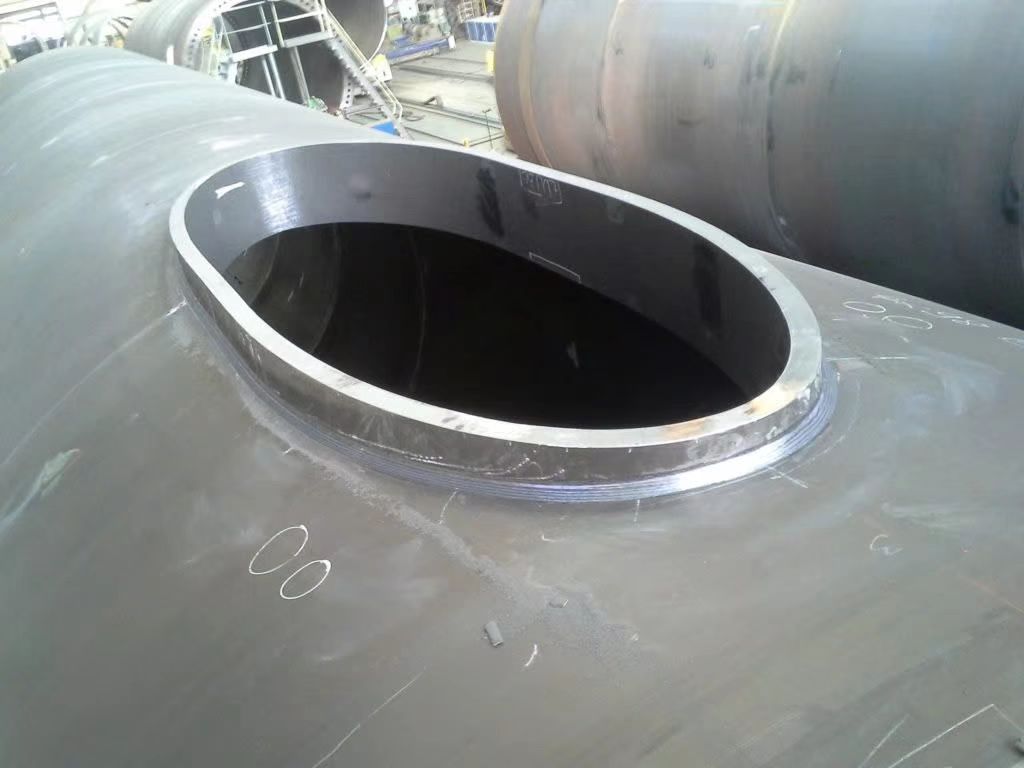
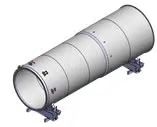
Functional introduction of ultrasonic impact equipment:
1. Digital dynamic display of current frequency, intuitively reflecting the aging process.
2. Time preset function, easier to master the impact speed, improve operating specifications.
3. Set the audio button to achieve aging treatment and reduce the operator's work intensity.
The workpiece welding stress elimination rate can reach and produce ideal compressive stress, which is the ideal equipment for eliminating welding residual stress at home and abroad.
The horn is made of high-quality steel, compact structure and not easy to damage. The internal installation of the horn protection pad greatly extends the service life of the horn.
It can increase the fatigue strength of the welded joint by 50%-120%, and extend the fatigue life by 5-100 times.
It is not limited by the shape, structure, material, weight, plate thickness, and site of the workpiece.
The welding excess height at the weld toe, the pit bite edge and other phenomena can be idealized to geometric transition to reduce the stress concentration coefficient.
It can remove the surrounding cracks at the weld toe, make up for the slag defects, and inhibit the early initiation of cracks.
It can be used to eliminate welding residual stress and replace aging methods such as heat treatment.
The professional design of the impact gun eliminates the problem of heavy operation and inability to operate on site of traditional aging equipment and equipment in the same industry, and reduces the workload of on-site personnel.
It has better stress elimination effect on on-site treatment of welds of large structural parts, ultra-high and ultra-low welds, and welding repair welds.
The ultra-wide frequency tracking range can effectively track the frequency changes caused by external factors
It adopts piezoelectric ceramic transducer with strong output and long service life.
Economic, practical, environmentally friendly, energy-saving, safe and pollution-free.


1. Working principle
High-frequency impact mechanism
The ultrasonic generator converts electrical energy into high-frequency vibration, which is transmitted to the impact needle (or impact head) through the transducer, and impacts the metal surface at a frequency of thousands of times per second, producing local plastic deformation, thereby:
Eliminating tensile stress and introducing compressive stress (improving fatigue resistance)
Refining surface grains (improving material hardness)
Improving surface roughness.
Stress redistribution
The impact energy causes microscopic flow of the surface metal, offsetting the original residual stress (such as tensile stress after welding), and forming a beneficial compressive stress layer.
2. Core advantages
Non-thermal process: avoids thermal deformation and is suitable for temperature-sensitive materials (such as aluminum alloys and high-strength steel).
Portability: handheld or robot-integrated design, suitable for complex welds or large structures (such as bridges and ships).
Environmental protection: no pollution, no need for coolant or chemical media.
High efficiency: single-point processing time usually only takes a few seconds to a few minutes.
3. Typical application scenarios
Post-welding treatment
Eliminate residual stress in welds and heat-affected zones and reduce crack risks.
Improve fatigue life of welded joints (extended 2-5 times).
Additive manufacturing (3D printing)
Reduce internal stress generated by layer-by-layer stacking and reduce part deformation.
Aerospace/Energy
Stress optimization of turbine blades, piping systems, and pressure vessels.
Repair and strengthening
Locally strengthen parts that have already developed microcracks.
4. Key parameters for equipment selection
Parameter Description
Frequency range Usually 15-40kHz, affecting the impact energy density
Amplitude Determines the impact depth (generally 20-50μm)
Impact force Adjustable range (such as 50-500N)
Applicable materials Steel, titanium alloy, aluminum alloy, etc.
Operation method Manual, automated (robot integration)
5. Comparison with other stress relief technologies
Technology Ultrasonic impact Heat treatment Shot peening Vibration aging
Stress relief depth 0.5-2mm Full section 0.1-0.5mm Overall but weak effect
Heat effect None Possible deformation None None
Applicable scenarios Local precision processing Large batches of small parts Large area surface strengthening Large castings
6. Precautions
Material restrictions: Brittle materials (such as cast iron) may produce microcracks due to impact.
Process verification: The stress relief effect needs to be tested by X-ray diffraction (XRD) or blind hole method.
Parameter optimization: The amplitude and moving speed need to be adjusted according to the material thickness and initial stress state.
 English
English





